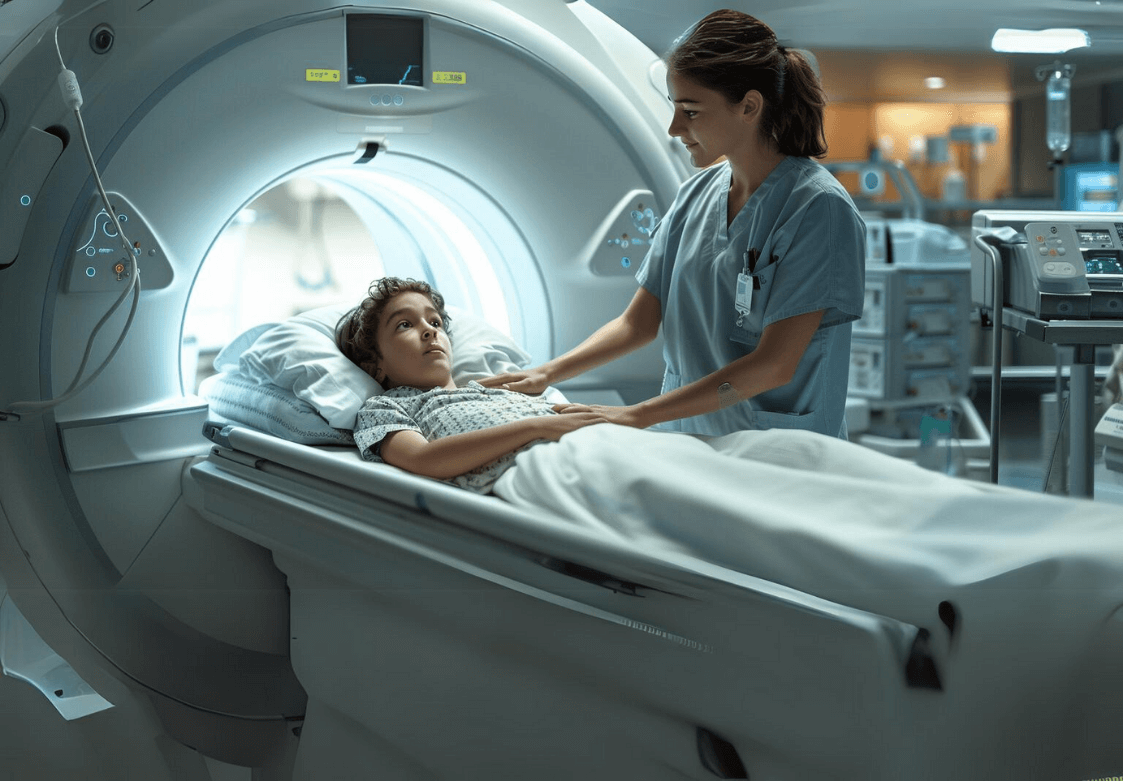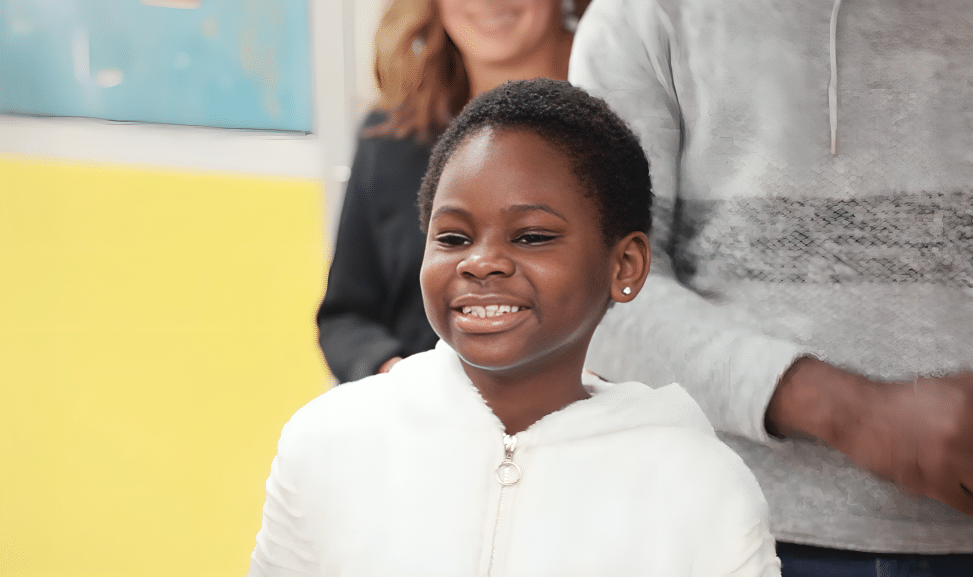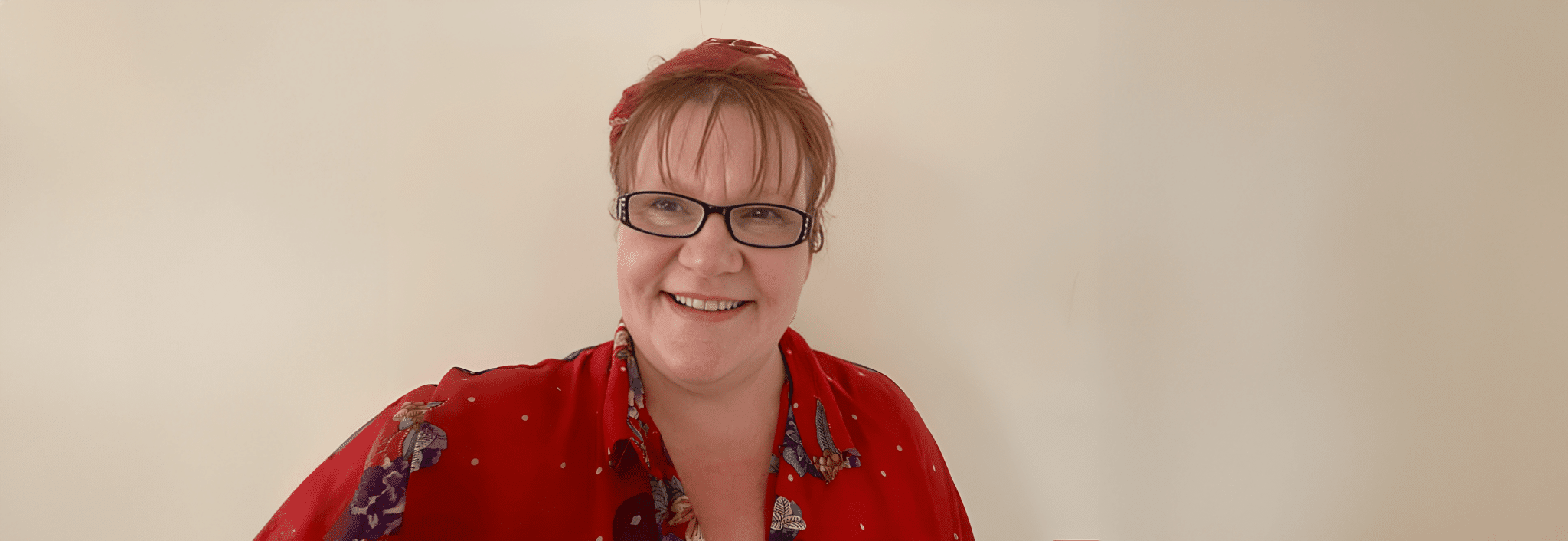As protests against racism spread across the United States, many in Israel have identified strongly with the initiatives to end prejudice. In particular, Ethiopian Israelis have complained for years of being treated as second-class citizens.
World-renowned for medical innovation, Sheba Medical Center is also leading the way for social integration among minority groups in the country. As Israel’s national hospital, Sheba has integrated hundreds of Ethiopians into the workforce, assisting their success with free Hebrew classes, as well as guidance on how to handle Israeli bureaucracy.
Prof. Eldad Katorza, a senior physician at Sheba and director of Project Arrow, recently integrated Ethiopians into his pilot program, which is an apprenticeship program for medical students. Project Arrow is designed to give students a head start in the field of medical research. This progressive venture was established in 2006 and is made up of carefully selected medical students matched with mentors who are experienced researchers.
Project Arrow participants meet once or twice a week, and each team of students and mentors reviews every stage of medical research, from formulating the initial question to data collection and analysis to making presentations of the results at medical conferences. This year, high school students from the Ethiopian community were added to each research pair for the first time.
“I believe that research makes a doctor more knowledgeable, more curious, more creative. A doctor who engages in research is a much better doctor!” says Katorza.
In general, Prof. Katorza believes that medical students are not sufficiently exposed to research-thinking or methodology in medical school. In line with this, he is currently planning to add several spots for nursing school students to the program this upcoming year.
“Nursing is also a field that stands to benefit greatly from adding research to its ranks; it will raise the bar of nursing in Israel,” he says.
As Katorza was immersed in the early planning stages of the pilot program for Ethiopian students, he realized how crucial the timing was. He asked his son, then studying in 11th grade in Givatayim, to identify some students from the Ethiopian community who might be suitable for the program. However, in the end, there wasn’t a single Ethiopian student in his son’s school, or in any of the good local schools.
The current reason for this is likely due to socioeconomic realities in Israel. Usually, members of the Ethiopian community can be found living together in more impoverished neighborhoods. In these areas, schools and community services are held on a lower level, putting Ethiopian teens at a disadvantage. Additionally, due to financial necessity, many of these teens are forced to start working at an early age, thereby perpetuating a cycle of poverty.
While almost four decades have passed since the first wave of Ethiopian Aliyah, the current realities (low participation in academia, poverty, and other markers of social mobility) demonstrate how the Israeli government has failed to take the required steps to facilitate the integration of these communities into mainstream Israeli society. With Project Arrow, Katorza aims to change this negative trend by including outstanding students from the Ethiopian community.
In partnership with Fidel (“alphabet” in Amharic), an organization that promotes the education and social integration of Ethiopian-Israeli youth, Katorza was able to select 10 candidates for Sheba’s research-mentoring platform. Eventually, the top five candidates were chosen from this group.
The pilot program of Project Arrow was a resounding success, and plans are already in place to repeat it next year.
In addition to their complete participation in research, the Ethiopian high school students were also exposed to clinical activity at Sheba. “At the beginning of the year, the students didn’t have any specific plans for the future,” Katorza says. “Now, they are seriously considering a medical career.”
Yair Jalmar, age 17, from Beer Yaakov, participated in a research project with Dr. Shai Tejman, pediatric cardiologist at Sheba. He shares, “This project helped me develop my interest in medicine and learn more about the advanced technologies and devices as well as the various departments in the medical field,” he says.
When Project Arrow has launched 14 years ago, participants came only from the Sackler School of Medicine at Tel Aviv University. Since then, medical students from Ariel University, Bar Ilan, New York, and London have joined. Many former participants in Project Arrow have published their results in prestigious international medical journals, and several of the medical students have joined the exceptional team of physicians at Sheba Medical Center.




